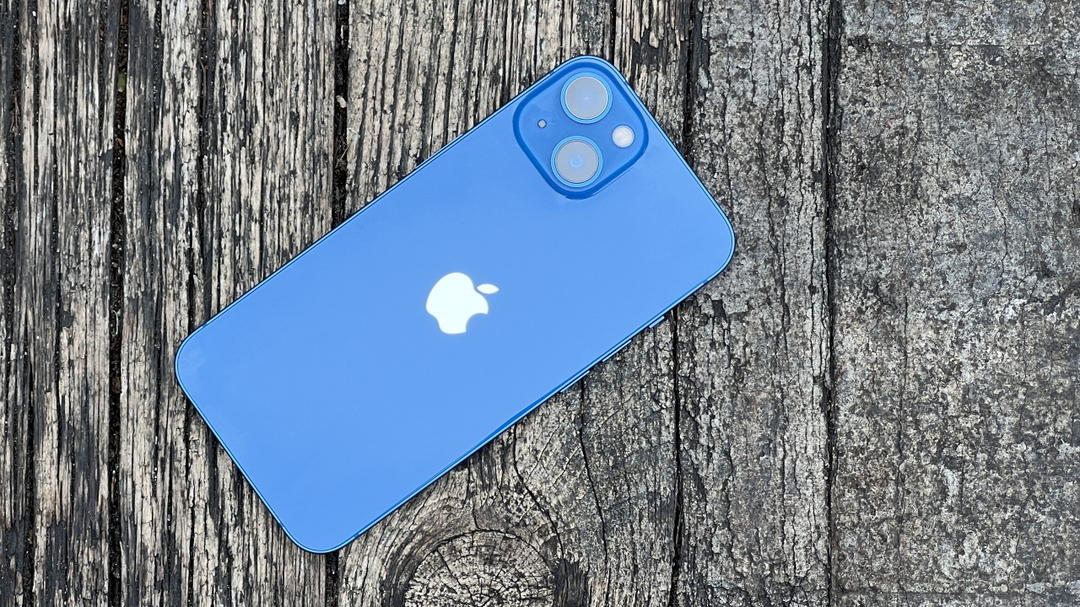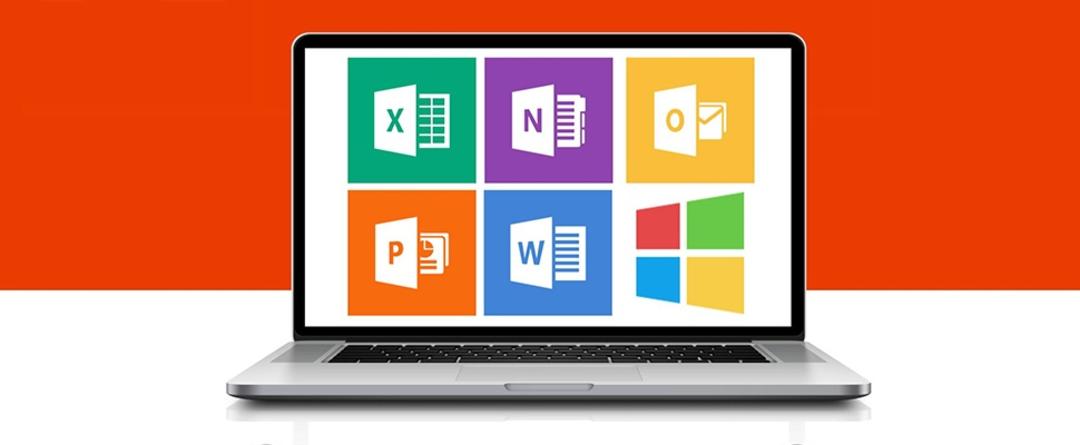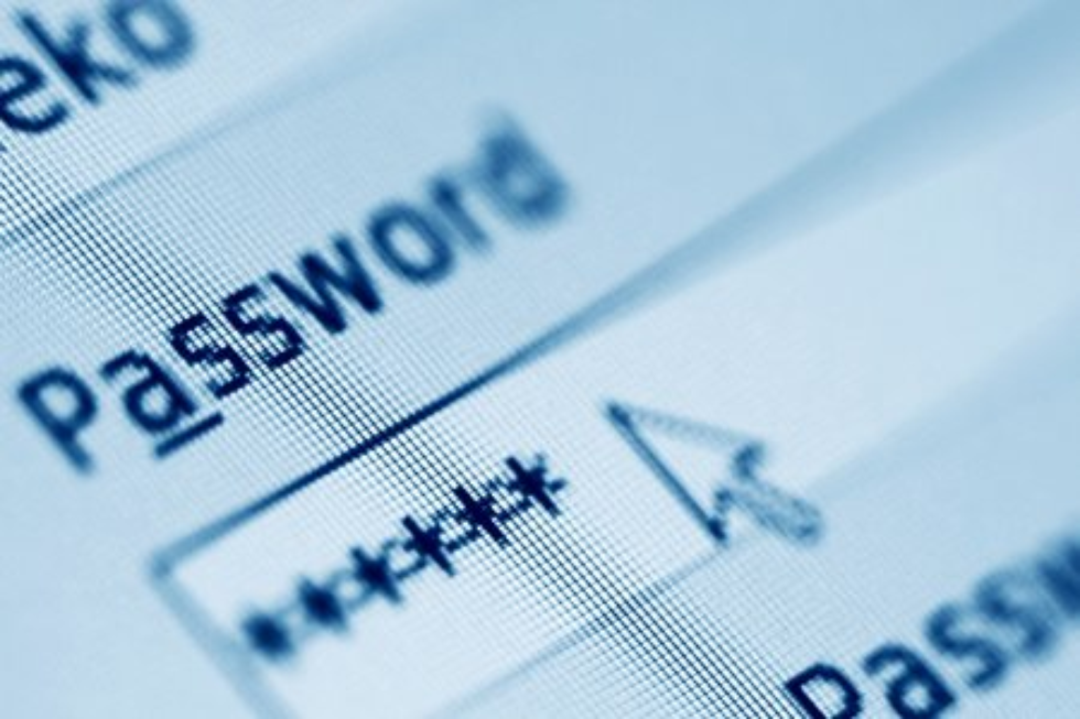Since iOS 11, your iPhone and iPad use a new file format for photos and videos: HEIC, also known as HEIF and HEVC. For example, what is the big difference with the well-known .jpg format? And can you open files on your Windows PC?
Since iOS 11, the operating system defaults to a new file format for photos and videos on devices that can handle it. New compression techniques, called HEIC (or HEIF) and HEVC, have come to light in Apple’s mobile operating system. Photos and videos take up about 50% less space than .jpg and older .H264. Now there’s a problem: while HEVC (also known as .H265) is now pretty much standardly supported by self-respecting video players, it’s much less so with HEIC. One reason is that HEIF/HEIC is heavily covered by Apple patents. So unfortunately you won’t find support easily in popular viewers like IrfanView.
Fortunately, iOS is very cleverly set up and you don’t have to worry about suddenly sharing photos that no one can open. For example, if you email something or upload a photo to social media, it will be automatically converted to the universal .jpg format. However, conversion and associated recompression also cause quality loss. If you want to keep shooting in the most common formats, it’s possible. Despite this, the new file format is impractical, and its closed nature makes it feel more like bullying than moving forward.
Buy your new iPhone directly from Bol.com
Choose standard sizes
open app Settings and tap Camera† then tap Buildings and select the option Most Compatible† Photos are then always saved in .jpg format. However, the High Efficiency option is selected by default in iOS. Note: If you select Builds immortality Under camera, your device doesn’t support HEIF/HEIC and still nothing to worry about. Unfortunately, with devices with the option, it’s not possible, for example, to leave the more built-in HEVC (.H265) on and turn off the less compatible HEIC. So it’s a typical all or nothing situation.

Automatically convert
We just wrote that your iPhone is smart and it converts photos back to the old format with actions like emailing and uploading to social media. You can also choose to shoot and film in HEIF/HEIC, where iOS converts photos to .jpg during transfer to a Windows PC. Please note: This means you are faced with recompression, which is never ideal when it comes to quality. But if you want that, check out the Settings app below. photos or option Automatically effective. In this case, you’ll always get .jpgs on Windows. If you finally find a photo editor or viewer that supports HEIF/HEIC, you can use the option. keep originals and then the original photos will be transferred without conversion. In short: don’t panic about new file formats, but make sure you know how things work in practice.
HEIC and jpg
The HEIC format or High Efficiency File Format has much better compression than the much more popular jpg format. Basically, the same image in heic format takes up half the storage space compared to jpg format. So you can store more pictures on the same device. Apple promises to further improve the quality and compression of HEIC in the future. The other side of the coin is that operating systems other than Apple do not yet have support for this newcomer. Fortunately, there are solutions like CopyTrans HEIC until the HEIC format is installed. You can find the software at www.copytrans.net/copytransheic. During the installation procedure you must confirm that you are installing the software for personal use, you will need to process the payment in a commercial environment.

After installing the software, you need to associate the HEIC format with Windows Photo Viewer. Right click on the HEIC image and select open with and after that Windows Photo Viewer† You can also right-click the command. Choose another app choose, then you can Windows Photo Viewer Select it and check that your system will always use this application to open HEIC files.

If you prefer to convert the HEIC file to jpg format, you can also do so from Windows Explorer. Right click on the file and use the command Convert to JPEG with CopyTrans† In this way, you can batch convert up to 100 images at the same time. Photo files are not processed on an online server, all conversions are done locally. The software will convert each background image to jpg and then place it in the same folder. Also, CopyTrans HEIC inherits original EXIF data from HEIC image during conversion. This includes date, location, camera settings, etc. This means that information about it will be protected.

Also, this software adds support for third-party free viewers such as FastStone Image Viewer (www.faststone.org/FSViewerDetail.htm) and IrfanView (www.irfanview.com). And now you can even insert HEIC files directly into Microsoft Word documents.
There are also converters like heictojpg.com (web-based, useful for single photos) and iMazing HEIC Converter (suitable for multiple photos at once) that can do this for you.
Source: Computer Totaal













